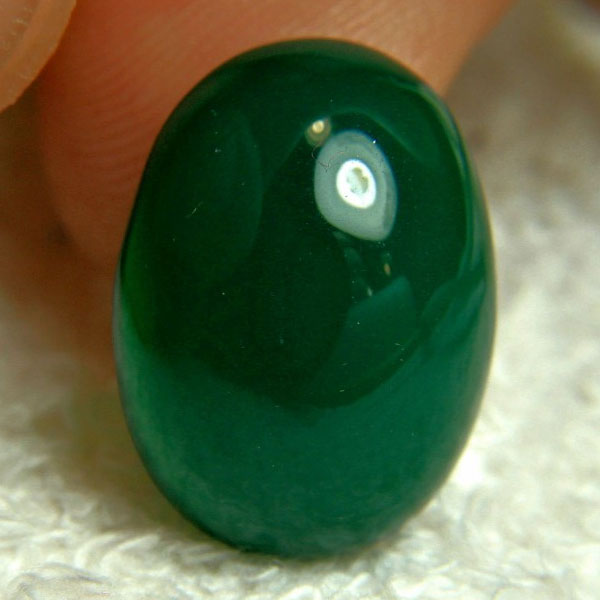Lab Created Angel Skin Coral ICOP4
Total: $24.64 – $102.86
GEMSTONE DETAIL
- Origin: Grown in Lab. Also known as reconstructed stone.
- Chemical Composition: Natural mineral compound + Resin
- Dimensions: 2mm to 12mm
- Grade: AAA
- Clarity: Opaque
- Shape: Can do all shapes
- Make: Very Good
- Symmetry: Very Good
- Cut: Very Good
- Polish: Very Good
- Stock Postion: Not all sizes are in stock at all times. You can email us to check for stock position before placing your order.
Lab Grown Coral
Man-made corals are common in the jewelry industry since they are cheap, easy to source, and share similar features with natural variants.
Lab-made corals are synthetic variants of the exoskeleton of a polyp and usually occur naturally under water. Some natural corals possess a generational spread and are handy as jewelry pieces, sculpture bases, cabochons, and much more.
In this article, we’ll see vital information about lab-grown corals, their origins, uses, how to maintain them, and so much more. You need the details in this guide if you plan to hold corals in your jewelry or art collection and maintain their form and appearance for much longer.
History of Lab Coral
Lab-grown corals might be relatively new, but ancient civilizations have used corals at different times and for various purposes. Records show that the Romans falsely believed corals could offer protection, cure wounds, and diagnose diseases.
Other records also show Native American groups made use of prized corals like deep red, clear white, and bright pink in their daily life.
Lab-grown corals became popular in the 1970 when Pierre Gilson proposed a solution to protect natural variants. He discovered a method to synthesize corals and stop harvesting of natural polyps. Gilson’s work in the 1970s is responsible for the banning of coral harvesting in several regions to protect natural polyps underwater.
How is Lab-Grown Coral Made?
Conchiolin corals are more common among lab-grown precious polyps since their materials are easier to source. Most conchiolin corals also possess tough internal and external structure, making them ideal as jewelry.
Calcareous corals are rare and more expensive than lab-grown conchiolin polyps. Scientists use the Gilson Process to produce lab-grown corals in different colors and sizes. In most cases, lab-grown corals can feature improved saturation, be much larger, possess a better hue and polish potential than natural variants.
Uses of Lab Coral
Lab-grown corals are useful as:
- Loose gemstones,
- Adornments,
- Items for art effects,
- Base material for sculpting, etc.
Chemical Properties of Lab-Grown Coral
- Typical colors: White, red, gold, pink, orange
- Cleavage: None
- Structure: Fibrous
- Fracture: Sub-conchoidal to uneven
- Mohs scale hardness: 3.5 – 5.5 (natural corals usually have a lower hardness rating)
- Texture: Fine granular
- Luster: Sub-adamantine
- Common streaks: Red, white
- Diaphaneity: Opaque
- Specific gravity: 2.4 – 2.55
- Birefringence: Weak
Maintenance Tips for Lab-Grown Coral
You can maintain your lab-grown coral with:
Proper storage
Corals are sensitive to extreme heat and may become brittle over time. Proper storage is the easiest way to protect corals from direct contact with heat.
Place your lab-grown coral beads or loose gems in an airtight box with enough cushions to protect it from humidity. Controlling the frequency of contact with heat ensures your corals last for much longer.
Cleaning and drying
You can’t wash your lab-grown coral in a liquid soap solution unless it’s a cheap plastic imitation. High-quality lab-grown corals share similar features with natural variants and will break after prolonged exposure to harsh chemicals.
You can only clean your lab-grown coral with a damp cloth and allow it to air-dry for few minutes before storage.
Make sure you never expose lab-grown corals to jewelry cleaners made from harsh chemicals. Some commercial jewelry cleaners with ammonia might weaken or damage the internal structure of your coral gems. Coral beads also react poorly to mechanical maintenance tools like ultrasonic or steam cleaners.














